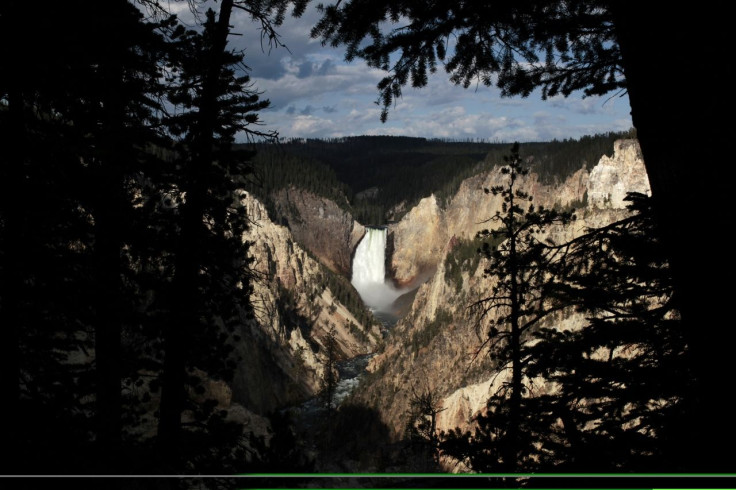Scientists Discover Massive Magma Reservoir Beneath Yellowstone National Park

A new study published in the online journal Science by seismologists at the University of Utah in Salt Lake City has revealed the presence of a huge magma bubbling underneath the "supervolcano" Yellowstone National Park. Its size is enough to fill the Grand Canyon over 11 times, scientists described.
“For the first time, we have imaged the continuous volcanic plumbing system under Yellowstone,” Hsin-Hua Huang, a postdoctoral researcher in geology and geophysics at the university and the study’s lead author, said in a statement. “That includes the upper crustal magma chamber we have seen previously plus a lower crustal magma reservoir that has never been imaged before and that connects the upper chamber to the Yellowstone hotspot plume below.”
The researchers assured the plumbing system at Yellowstone’s isn’t large nor close enough to erupting. The odds this will happen each year are still roughly 1 in 700,000, the Los Angeles Times reports. Still, Hsin-Hua said “its existence has been suspected for a while.”
The deep reservoir of magma and hot rock beneath the Yellowstone supervolcano is a whopping 11,000 cubic-miles (46,000 cubic kilometres). It lies 12-28 miles below the surface. The size is about the same as that of Long Island with 9 miles of hot rock piled on it, or 300 Lake Tahoes.
According to the Christian Monitor, the Yellowstone had major eruptions 2.1 million, 1.3 million, and 640,000 years ago. On such calculations, it could mean an eruption could occur within the next 90,000 years. Although the United States Geological Survey (USGS) find such calculations as useless, given Yellowstone's volcanic history and the continued presence of magma beneath the Yellowstone caldera, there is a great possibility an eruption will indeed happen in the future. “Yellowstone's 2-million-year history of volcanism, the copious amount of heat that still flows from the ground, the frequent earthquakes, and the repeated uplift and subsidence of the caldera floor also testify to the continuity of magmatic processes beneath Yellowstone and point to the possibility of future volcanism and earthquake activity.”
To report problems or to leave feedback about this article, email: e.misa@ibtimes.com.au.





















